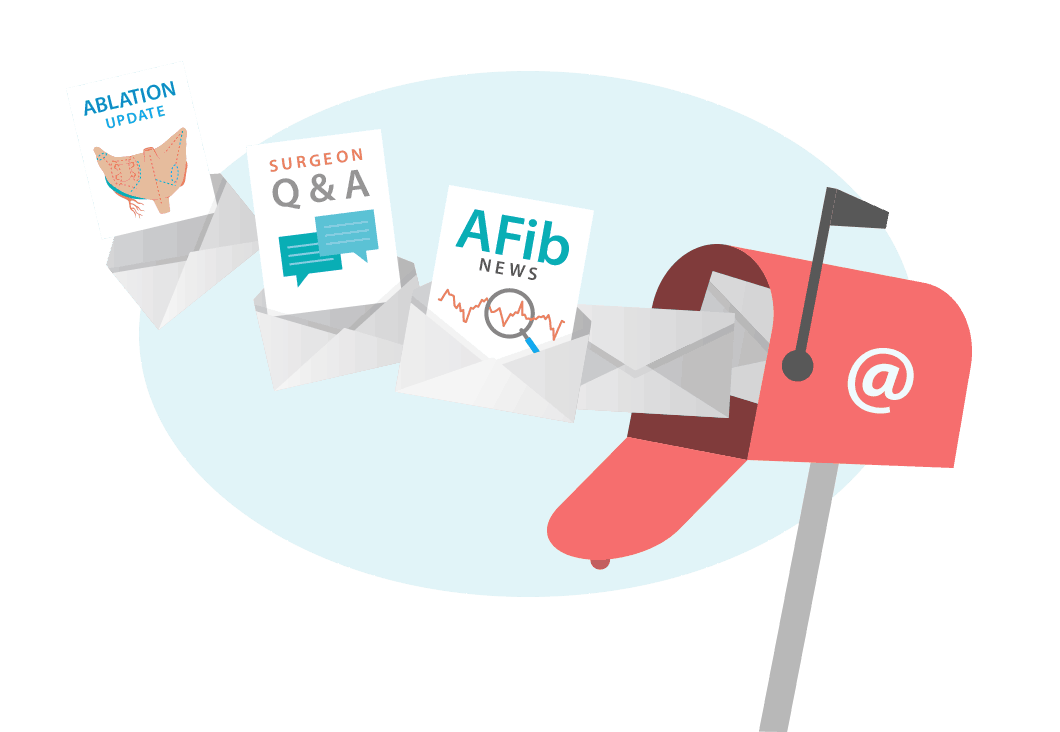With Dr. Steve Bolling from Michigan Medicine; June 10, 2019
Dr. Steven Bolling, Director of the Mitral Valve Program at Frankel Cardiovascular Center at Michigan Medicine, is widely known for his specialties in mitral valve repair. However, Dr. Bolling has been performing surgical ablation therapy, including the Maze procedure, during concomitant cases since the 1980s.

Watch the video below to see why Dr. Bolling uses surgical ablation during concomitant atrial fibrillation and mitral valve procedures.
The key highlights from Dr. Bolling's interview include:
- Treating atrial fibrillation helps increase the quality of life for patients who typically struggle with AFib symptoms.
- Treating AFib reduces the risk of stroke through left atrial appendage occlusion. See "Top 7 Reasons to Treat AFib."
- Patients typically see the benefits of adding surgical ablation to their procedure in the hopes of reducing their symptoms.
- Successful surgical ablations often lead to patients no longer needing anti-coagulant therapy including Coumadin.
Video Transcript
For the hearing impaired members of the AFibSurgeons.org community, we have provided a written transcript of Dr. Bolling's video below:
I believe that it’s the right thing to add a Maze procedure an ablation, to other cardiac surgery when you’re there because atrial fibrillation in and of itself adds morbidity and probably mortality to the patient’s outcome. First of all, patients in atrial fibrillation feel bad. If you can drive them back into normal sinus rhythm, they will feel better. Also, as part of the Maze procedure, you obliterate the left atrial appendage. You will reduce their stroke rate. It’s an important tool for patients with AFib.
I do mostly mitral valve procedures, but patients who come with – for coronary disease, or aortic valve, and if they have atrial fibrillation, you don’t really have to convince them that you are going to do an ablation. What you do is tell them that this probably has a huge benefit potentially for them and the risk is so minimal.
If we put them back into AV synchrony, they feel an enormous amount better. We’ve reduced their stroke rate by getting rid of their left atrial appendage. Most importantly, at 6 months if they’re still in sinus, we tell them take your coumadin, go to the bathroom, open the window, throw your coumadin as far as you can into the backyard. Don’t take it again.

